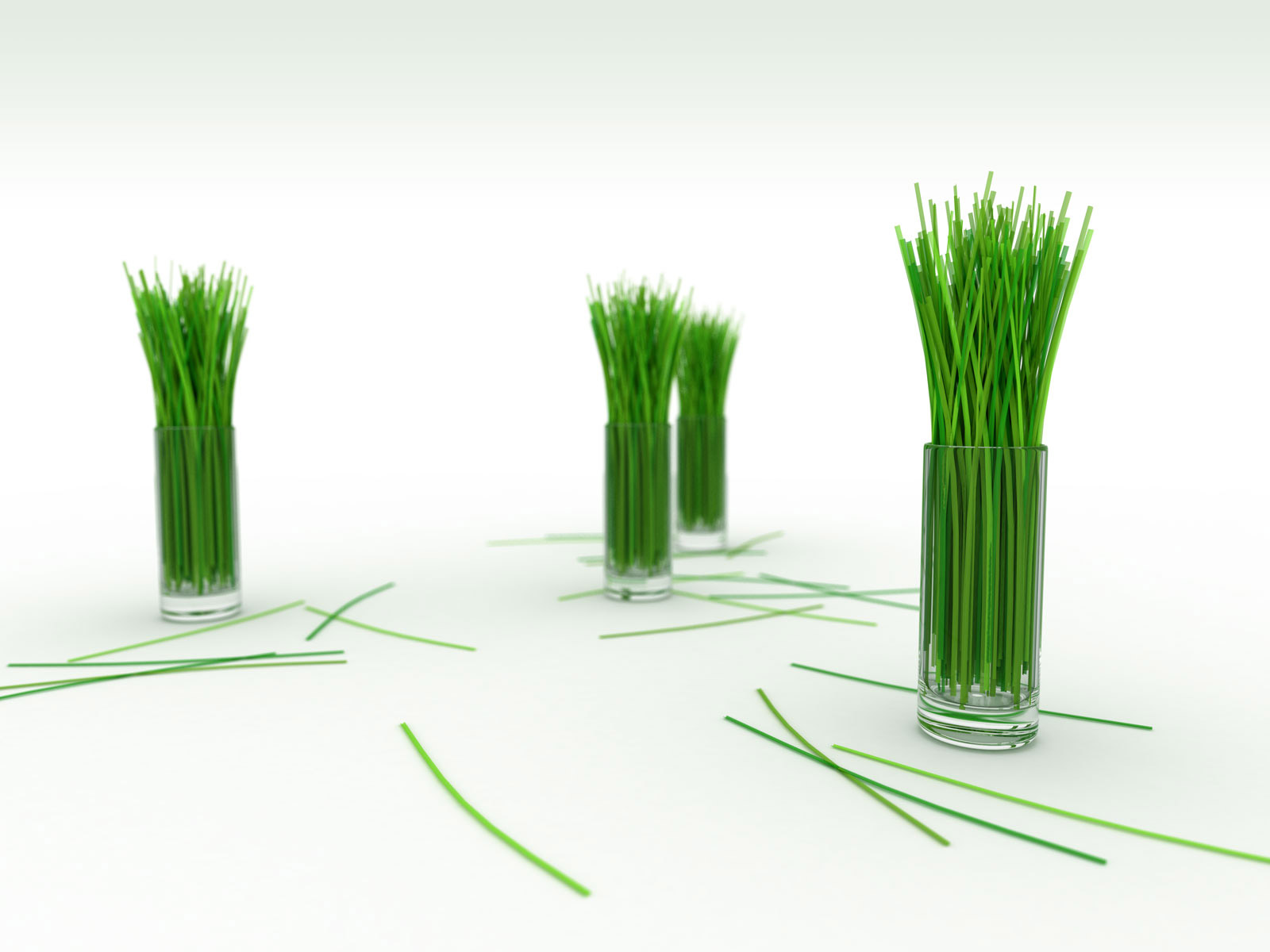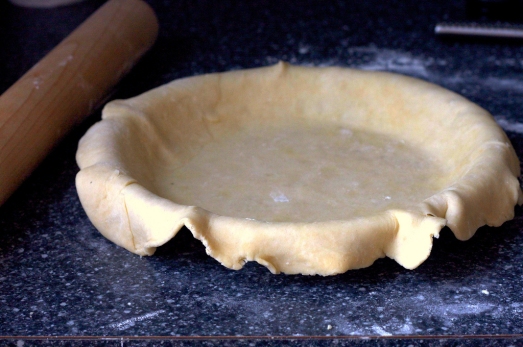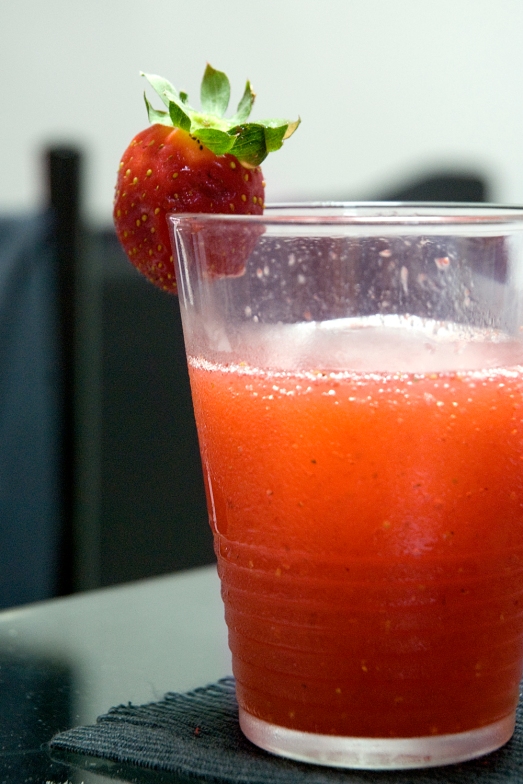Muffins are essentially flavored pancake batter; they can be sweet or savory, and garnishes with berries, diced fruit or vegetables, nuts, spices—are limited only by your imagination. They’re so easy to make i wonder why should one ever need to buy them in bakery shops whenever we crave for them. You could basically think of a muffin you desires and by an hour you would already be munching them.
8 ounces flour
4 ounces sugar
1 teaspoon salt
2 teaspoons baking powder
8 ounces milk
4 ounces eggs (2 large eggs)
4 ounces butter, melted
Preheat your oven to 350°F.
Combine the flour, sugar, salt, and baking powder. In a bowl, combine the milk, eggs, and butter. With a whisk or a hand blender, whisk or blend the mixture until the eggs are uniformly distributed. Add the dry ingredients. Whisk just to combine. If you’re adding additional garnish, such as citrus zest or fruit, do so now.
Pour the batter into muffin tins or a loaf pan (butter the pan first). Bake for about 30 minutes, or as much as 50 minutes for a loaf, until the blade of a paring knife inserted in the center comes out clean.



